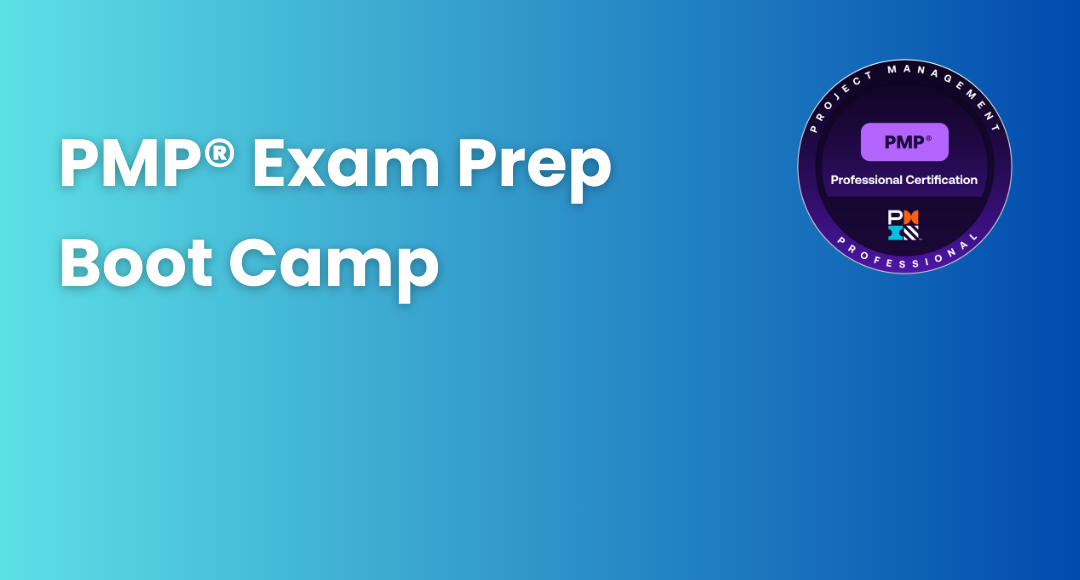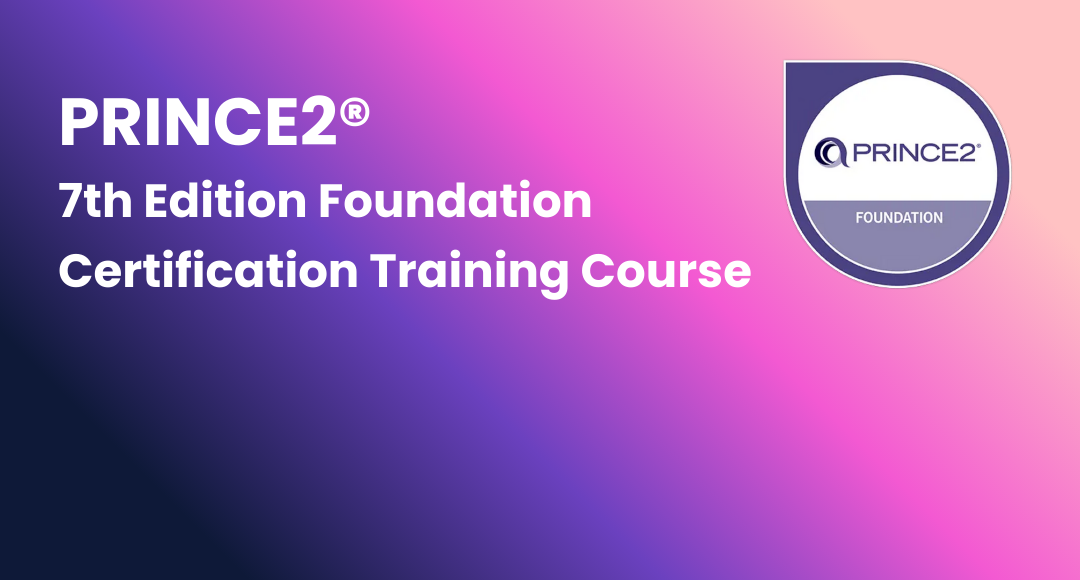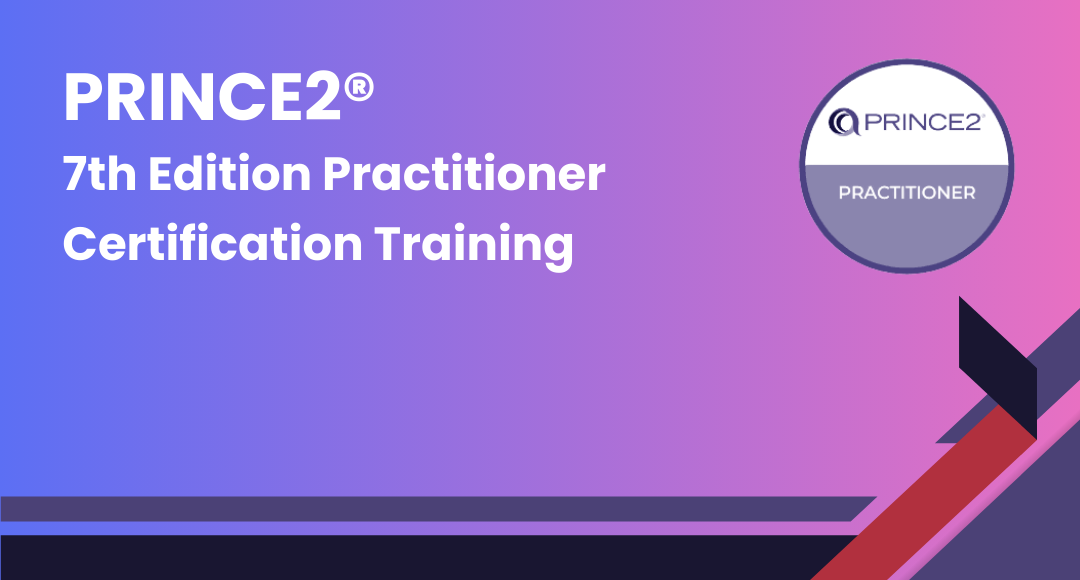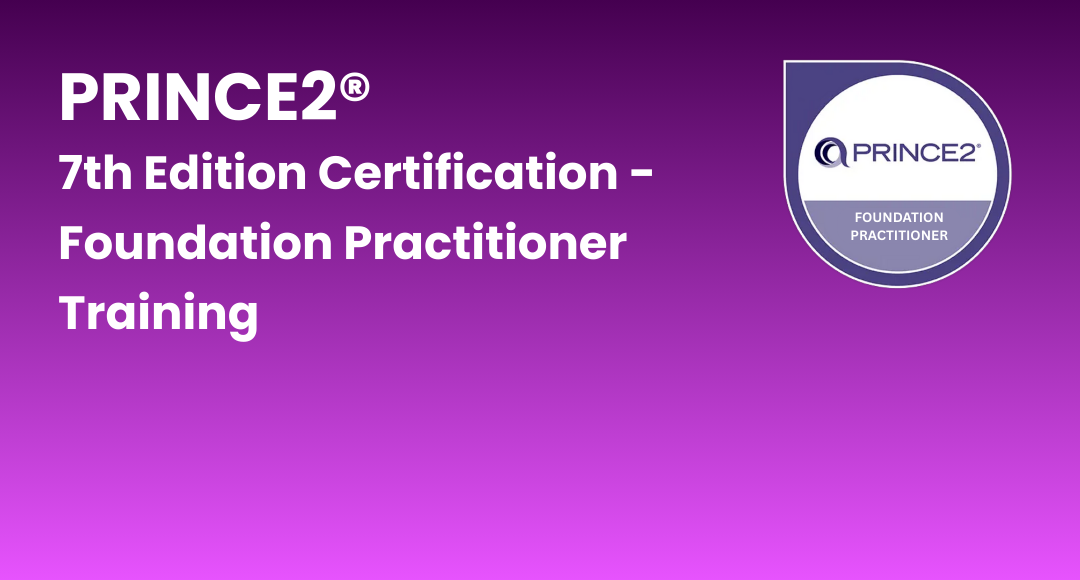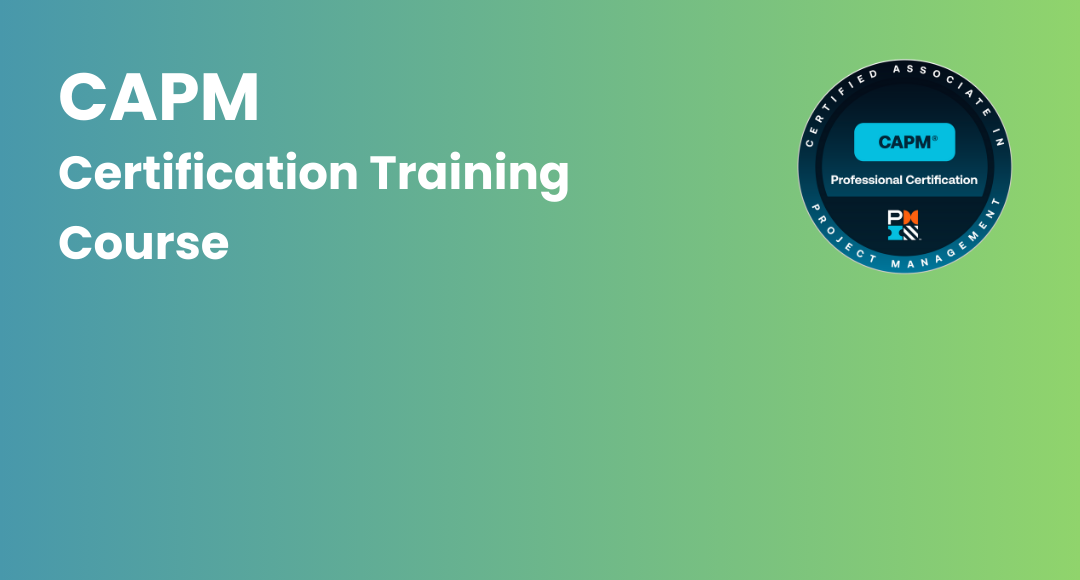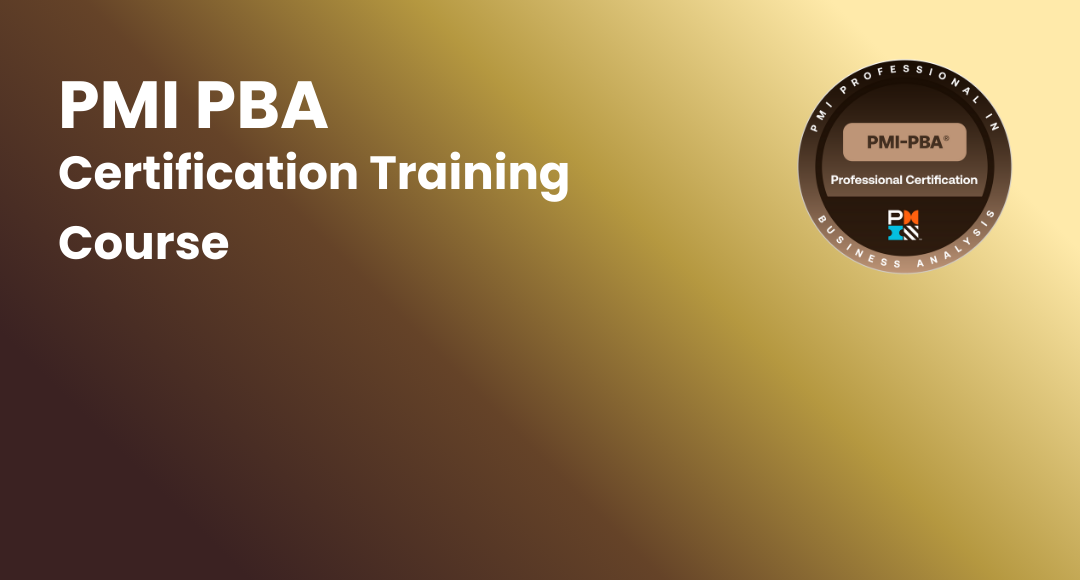What is Project Monitoring? A Comprehensive Guide
-
 By Nchumbeni Yanthan
By Nchumbeni Yanthan - Published on Jun 26 2023

Table of Contents
Introduction
What is Project Monitoring?
One of most important project management tenets is project monitoring. The phrase "project monitoring and control" is another name for it. The fact that it comes after the phases of project initiation, project planning, and project execution makes it the fourth and most crucial stage of project management.
A critical component of project management is monitoring, which entails keeping tabs on a project's development, performance, and activities throughout its entire lifecycle. It assures that the maintain a high level on course and accomplishes its objectives within the characteristics of the predefined scope, timeline, and budget.
Project monitoring in project management enables project managers and stakeholders to identify and address any deviations or risks promptly, thereby enhancing project success.
Importance of Project Monitoring
Effective project monitoring offers several benefits, including:
Early Detection of Issues: Regular monitoring allows project managers to identify potential issues and risks before they escalate, enabling timely interventions and preventing costly delays.
Improved Decision-Making: Another importance of project monitoring is providing real-time insights into project performance, allowing project managers to make data-driven decisions to optimize resources, mitigate risks, and allocate budgets effectively.
Enhanced Accountability: Monitoring helps establish accountability among team members by tracking individual and collective progress. It fosters a culture of responsibility, ensuring that everyone remains focused on their assigned tasks.
Effective Resource Allocation: By monitoring project activities, managers can identify resource gaps and reallocate them accordingly, ensuring that resources are utilized optimally and productivity is maximized.
Stakeholder Engagement: Monitoring enables project stakeholders to stay informed about the project's progress, fostering transparency, and building trust. Regular updates and reports enhance collaboration and alignment among team members and stakeholders.
Project Monitoring Types
Different project monitoring techniques are employed based on the project's complexity, scope, and requirements. Some common types of project monitoring include:
Progress Monitoring: This type of monitoring focuses on tracking the project's progress against the planned schedule, milestones, and deliverables. It ensures that the project stays on track and enables timely adjustments if deviations occur.
Quality Monitoring: Quality monitoring involves assessing and measuring the quality of project deliverables against predefined standards and benchmarks. It ensures that the project meets the required quality criteria and facilitates timely corrective actions if deviations are detected.
Risk Monitoring: Risk monitoring involves identifying, assessing, and monitoring project risks throughout the project lifecycle. It helps in proactive risk management by identifying potential risks and developing mitigation strategies to minimize their impact on project outcomes.
Cost Monitoring: Cost monitoring involves tracking and controlling project expenses against the allocated budget. It helps in preventing cost overruns, ensuring financial stability, and optimizing resource utilization.
Performance Monitoring: Performance monitoring focuses on evaluating the performance of project team members, suppliers, and contractors. It involves tracking individual and collective performance metrics to ensure alignment with project goals and objectives.
Process of Project Monitoring
The process of project monitoring typically involves the following steps:
Define Monitoring Objectives: Clearly define the objectives and key performance indicators (KPIs) that will be monitored throughout the project. These objectives should align with the project's goals and deliverables.
Obtain Information: relevant data as well as information about status of the work. activities, performance, Regular status updates, team gatherings, data collection devices, and project management software can all help with this.
Examine and assess: and Investigate the data collected to measure the success of a project the and spot any variations from the stated aims. Determine what effect these deviations had on the project's overall success and what needed to be done better.
Take Disciplinary Actions: In order to provide an overview and assessment, immediately address any issues, risks, or deviance that have been found. Project plans must be modified as necessary, and resources givenback.
Monitor Continuously: Continuously monitor the project's progress, performance, and risks to ensure that it remains on track and aligned with the defined objectives.

Steps to Create a Project Monitoring Plan
To create an effective project monitoring plan, below are the steps for project monitoring:
Define Monitoring Scope: Select appropriate the elements of the project that will be accompanied, such as the resources, timetable, budget, and quality.
Identify the important Monitoring Metrics: the metrics and markers that will be used to assess the project's performance and progress. These metrics ought to be SMART—that is, they should be specific, measurable, achievable, relevant, and time-bound (SMART).
Select Monitoring Tools: Choose appropriate tools and software that will facilitate data collection, analysis, and reporting. Project management software, dashboards, and communication tools can streamline the monitoring process.
Establish Reporting Mechanisms: Define the frequency, format, and recipients of project monitoring reports. Establish clear communication channels to ensure timely dissemination of information and updates.
Allocate Responsibilities: Assign roles and responsibilities to team members for collecting data, analyzing information, and implementing corrective actions. Ensure that everyone understands their roles and is accountable for their assigned tasks.
Monitor and Review: Regularly monitor the project's progress and review the collected data against the established monitoring metrics. Analyze the findings and identify any trends, issues, or risks that require attention.
How to Implement Project Monitoring?
To implement project monitoring effectively, consider the following steps:
Establish Clear Project Goals: Clearly define the project goals, objectives, and success criteria. Ensure that they are communicated to all stakeholders and team members.
Develop a Monitoring Plan: Create a comprehensive project monitoring plan that outlines the monitoring objectives, metrics, tools, and reporting mechanisms.
Train Team Members: Provide training and guidance to team members on the project monitoring process, including data collection, analysis, and reporting. Ensure that everyone understands their roles and responsibilities.
Implement Monitoring Tools: Set up and configure the selected monitoring tools and software. Ensure that they are integrated with the project management system and can capture relevant data accurately.
Collect and Analyze Data: Regularly collect data and information related to project progress, performance, and risks. Analyze the collected data to identify trends, patterns, and areas for improvement.
Communicate and Take Action: Share project monitoring reports and findings with stakeholders and team members. Take timely corrective actions to address any identified issues or risks.

Top Practices for Project Monitoring
To enhance the effectiveness of project monitoring, consider the following project monitoring best practices:
Regular and Timely Reporting: Ensure that project monitoring reports are generated and shared regularly and on time. This promotes transparency and keeps stakeholders informed about the project's progress.
Real-Time Tracking: Utilize real-time tracking tools and dashboards to monitor project activities and performance. This enables proactive decision-making and timely interventions.
Collaboration and communication: Promote an environment where team members and stakeholders are free to communicate openly. To ensure alignment and address any issues, hold regular discussions, status updates, and feedback sessions.
Automated Data Collection: To make the process of data collection simpler, use automated tools and software. This lessens the need for manual work, improving information accuracy, and enables for real-time analysis.
Continuous Evaluation and Improvement: Evaluate the efficiency of the project monitoring procedure on a frequent basis and make appropriate changes. Consider the effects critique and lessons found to improve future monitoring activities.
Techniques of Project Monitoring
Various techniques can be employed for project monitoring, including:
Gantt Charts: Gantt charts visually represent project schedules, tasks, and dependencies. They help track progress, identify bottlenecks, and manage timelines effectively.
Earned Value Management (EVM): EVM integrates cost, schedule, and performance data to assess project progress. It compares the planned and actual performance to determine variances and forecast project outcomes.
Key Performance Indicators (KPIs): KPIs are quantifiable metrics used to measure project performance. They provide objective data to evaluate progress and identify areas for improvement.
Risk Assessment Matrices: Risk assessment matrices help identify, prioritize, and monitor project risks. They assign probabilities and impacts to risks, enabling proactive risk management.
Milestone Tracking: Tracking project milestones allows project managers to monitor progress and ensure that key deliverables are completed on time.
Conclusion
Project monitoring plays a crucial role in ensuring project success by providing continuous oversight and control over project activities, progress, and performance. Project monitoring strategies enables project managers to detect issues early, make informed decisions, and take corrective actions promptly. By implementing effective project monitoring practices, organizations can enhance accountability, optimize resource utilization, and improve overall project outcomes. Utilizing appropriate monitoring techniques and tools, along with regular communication and collaboration, will contribute to the successful execution of projects and the achievement of desired results.
Enhance project outcomes and career prospects with Sprintzeal’s PMP Certification Training Course, accredited by PMI, the Project Management Institute.
Discover the career-boosting courses offered by Sprintzeal. Chat with our course specialist for complete information and support.
Frequently Asked Questions
What is meant by project monitoring?
Project monitoring refers to the ongoing process of tracking and supervising a project's performance, progress, and activities. It ensures it stays on track and accomplishes its goals within the set scope, timeline, and budget.
What is project monitoring and why is it important?
Project monitoring is important because it provides continuous oversight and control over project activities, progress, and performance. It helps in early issue detection, informed decision-making, and timely corrective actions, ultimately enhancing project success and ensuring project objectives are achieved.
What are the 4 types of monitoring?
The four types of monitoring commonly used in project management are progress monitoring, quality monitoring, risk monitoring, and cost monitoring. Each type focuses on specific aspects of the project and helps in assessing and managing different areas of project performance.
What are the stages of project monitoring?
The stages of project monitoring typically involve defining monitoring objectives, establishing baselines, collecting data, analyzing and evaluating the data, taking corrective actions, and continuously monitoring the project's progress and performance throughout its lifecycle. These stages ensure effective oversight and control over the project.
Subscribe to our Newsletters
Popular Programs
CAPM® Certified Associate Project Management
Live Virtual Training
- 4.4 (962 + Ratings)
- 32k + Learners
Trending Posts
Top AI Project Management Software to Elevate Your Workflow
Last updated on Dec 17 2024
Comparing Different ISO Certifications for Project and Energy Management
Last updated on Sep 25 2024
Exploring Career Path for Product Owner
Last updated on Apr 9 2025
Project Management in Product Development : Essential Role
Last updated on Mar 26 2025
Top Benefits of CAPM Certifications
Last updated on Nov 17 2022
Top Leadership Skills: Mastering the Art of Effective Leadership
Last updated on Jan 24 2024
Categories
- Other 69
- Agile Management 46
- Cloud Computing 56
- Project Management 173
- Big Data 66
- Business Management 88
- Digital Marketing 78
- IT Service Management 29
- Programming Language 58
- AI and Machine Learning 77
- IT Security 112
- Quality Management 78
- IT Hardware and Networking 26
- Microsoft Program 4
- Workplace Skill Building 13
- Risk Management 9
- Information Security 8
- Leadership and Management 9
- Corporate Training and Development 1
Trending Now
Issue Log in Project Management - Uses and Importance
ArticleSupply Chain Response And The Factors Involved In It
ArticleBest Agile tools for Project Managers in 2026
ArticlePMI-PMP® Exam Changes Explained in 5 Minutes
ebookProject Initiation Phase - Importance and Roles Involved
ArticleDelphi Technique and Its Role in Project Management
ArticlePMBOK Guide and Project Management Certification Updates 2026
ArticleHow to Use Google Calendar as a Project Management Tool
ebook10 Reasons Why You Should Get PRINCE2 Certification
ArticleCAPM Cheat Sheet 2026
ArticleCAPM Certification Study Guide
ArticleCAPM Certification Exam Preparation Guide 2026
ArticleTop Benefits of CAPM Certifications
ArticleGuide to Advancing Project Management Career with PMP Certification
ArticlePMP Vs PRINCE2 - Which Project Management Certification is Better?
ebookProject Management Interview Questions and Answers for Managers
ArticleProject Management Software to Use in 2026
ebookBest project management certifications in 2026
ArticleProject Feasibility Study in Seven Steps
ArticleCAPM vs PMP – Which Project Management Certification Is Better?
ArticleProject Scope Management Guide 2026
ArticleProject Management Complete Guide 2026
ArticleCAPM Exam – Difficulty, Details and Preparation Tips
ArticleWhat is Project Management?
ArticleIs it worth getting the CAPM certification?
ArticleIs PMP Better than MBA?
ebookWhat is PMI ACP certification?
ArticleIs PMP exam difficult?
ArticleIs PMI ACP worth it?
ArticlePMP or CAPM – which is better?
ArticleWhat is pass percentage for the CAPM exam?
ArticlePMP or PMI ACP – which certification should you get?
ArticlePMP Certification Cost Details
ArticleHow to get PMP certification - Guide 2026
ArticleHow to create an effective project plan
ArticleTop Project Manager Interview Questions and Answers 2026
ArticleGuide to Change Management for Organizational Transformation
ArticleResource Manager Interview Questions and Answers 2026
ArticleTop Project Manager Qualifications and Career Path in 2026
ArticleNetwork Diagram - Types, Topology and Use in Project Management
ArticleProject Management Life Cycle and Its Phases
ArticleGuide to Project Management Processes, Methodologies and Lifecycles
ArticleProcess Capability Analysis Explained
ArticleFinancial Risk and Its Types
ArticleConstruction Project Management - Roles, Stages and Benefits
ArticleRisk Management Strategies in Project Management
ArticleProject Management Principles - 12 Essentials
ArticleProject Management Framework Guide
ArticleStrategic Management Guide 2026
ArticleProject Management Books List - Best of 2026
ArticleProject Documentation and Its Importance
ebookProject Management Tips - Best of 2026
ArticleProject Management Apps Best of 2026
ArticleDigital Project Manager – Skills, Salary, and Scope
ArticleProject Communication Plan – How to Create and Use
ArticleEarned Value Management and Its Significance
ArticlePlanning Poker Estimation Technique
ArticleProject Management vs Product Management
ArticleProject Crashing in Project Management
ArticleProject Controlling and its Importance in Project Management
ArticleProject Report and its Significance in Project Management
ArticleEstimate at Completion - Formulae and Calculations
ArticleProject Cost Management Guide 2026
ArticleProduct Lifecycle Management
ArticleProject Portfolio Management Guide
ArticleProgram Manager vs Project Manager - Comparison of Roles and Careers
ArticleWBS Dictionary - A Beginner's Guide
ArticleStakeholder Analysis and Stakeholder Management Guide
ArticleProject Management Phases Explained
ArticleProject Management Knowledge Areas
ebookLeadership Theories for Managers
ebookPMP Pass Rate in 2026 - Guide to Clear the PMP Exam
ebookProject Schedule Management Guide for Beginners
ebookProject Integration Management Guide
ArticleProject Risk Management Guide
ArticleProject Resource Management Guide
ArticleProject Quality Management Guide
ArticleProject Procurement Management Guide
ArticleProject Deliverables in Project Management
ebookConflict Resolution in Project Management
ebookPERT vs CPM in Project Management
ebookGantt Charts - The Ultimate Guide
ebookWork Breakdown Structure in Project Management
ebookTop Gantt Chart Makers in 2026
ebookGantt Chart Tools - Best of 2026
ebookHow to create a work breakdown structure
ebookProject Manager Resume Guide – Best Tips and Examples
ebookProduct Management Frameworks - The Ultimate Guide 2026
ebookProduct Planning - A Beginner's Guide
ebookWhat is Product Management? - A Beginner's Guide
ebookGuide to Project Stakeholder Management
ebookPMP® Certification Salary: Job and Salary Scope in 2026
ebookTop Project Engineer Skills
ebookGuide to Technical Project Management
ebookTop 10 project management competencies
ebookNegotiation in Project Management: The Utimate Guide
ebookTime Management in Project Management - Steps to Implement it
ebookTop Program Manager Skills of Successful Program Managers
ebookA Brief Guide to Conflict Management Approaches
ebookWhat is a Risk Management Plan? A Comprehensive Guide
ebookWorkflow Diagram - Steps to Create, Symbols, Types, and Uses
ebookBest Practices to Measure Resource Utilization
ebookWorkload Management: How to Optimize Your Team’s Workload?
ebookWhat is Project Execution? A Comprehensive Guide
ebookProject vs Program Management: Key Differences
ebookKanban Methodology in Project Management – A Complete Guide
ebookHybrid Project Management Guide 2026
ebookProject Characteristics: Key Elements in a Project
ebookThe Ultimate Guide to the Waterfall Methodology in Project Management
ebookProject Budget: Definition, Overview & How to Create One
ebookThe Ultimate Project Kickoff Meeting Guide
ebookProject Timeline: How to Build One, Definitions, and Examples
ebookProject Scope Statement: How to Write One With Example
ebookStatement of Work in Project Management Guide 2026
ebookProject Management in Product Development : Essential Role
ebook10 Best Change Management Tools to Use
ebookMastering Resource Scheduling to Unlock Project Success
ebookProject Risk Analysis: Tools, Templates & Best Practices
ebookHow to Write a Project Summary: Four Easy Steps
ebookTop Leadership Skills: Mastering the Art of Effective Leadership
ebookHow to Write a Project Descriptions: A Step-by-Step Guide
ebookWhat Are Project Fundamentals? A Quick Guide
ebookKanban Board: A Detailed Guide to Understanding and Usage
ebook10 Effective Management Styles for Leaders (With Real-Life Examples)
ebookProduct Manager Career Path: What to Expect
ArticleCareer Path for Program Manager - Strategic Navigation for Professional Growth
ebookExploring Career Path for Product Owner
ebookAn Ultimate Guide to Project Coordinator Career Paths
ebookHow to Become an ISO 21502 Lead Project Manager
ArticleWhat are the Basics of ISO 21502 Foundation? A Brief Guide
ebookThe Role and Responsibilities of an ISO 20400 Lead Manager
ArticleEnergy Saving Standards and ISO 50001 Best Practices
ebookComparing Different ISO Certifications for Project and Energy Management
ebookGuide to ISO Certifications for Effective Project and Energy Management
ArticleWhy ISO 50001 is the Perfect Match for Energy Efficiency?
ArticleAI Tools for Project Managers: A Game Changer for Project Success
ArticleAbout Disney’s Project Management: Where Magic Gets Real
ArticleMcDonald's Recipe to Success - A Perfect Project Management Case Study
ArticleToyota’s Project Management: A Road to Greatness and Innovation
ArticleNetflix's Binge-Worthy Project Management
ebookUnder Armour’s Project Management Approach
ArticleWipro Project Management: Core Lessons from Tech Giant
ArticleProject Management at Google: Tools and Success Stories
ArticleCoca-Cola Project Management Strategy and Key Insights
ArticleAI in Project Management: Transforming the Future of Work
ArticleBehind the Scenes: How Apple Executes Projects with Flawless Precision
ArticleTesla's Advanced Project Management: Accelerating the Future
ArticleBeats to Business: Spotify's Project Management to Redefine Music
ArticleTop AI Project Management Software to Elevate Your Workflow
ArticleProject Management Office: Step-by-Step Guide to Start a PMO
ArticleWhat is a Project Management Information System?
ArticleHow Microsoft Balances Innovation and Project Management?
ArticleWhat is Agile Project Management? A Beginners Guide
ArticleIKEA Project Management: What to Learn and Stay Competitive
ArticleHow Did Nike Become a Global Leader?
ArticleIntel's Master Project Management Formula
ArticleSamsung Pioneer in Project Management: The Secret Behind It
ArticleAmazon Logistics Strategies That Dominate Retail
ArticleRemote Project Management Success: Key Strategies and Career Opportunities
ArticleStreamlining Workflows: The Best Digital Tools for Professionals
ArticleUnderstanding the Financial Risks in Sponsorships and How to Avoid Them
Article3 Real Disasters That Teach Critical Project Risk Planning Lessons
ArticleInterview scheduling automation: Streamlining the candidate experience
Article3 Quality Gaps That Can Ruin Your Project Outcomes
ArticleBest 4 Construction Drawing Management Tools to Boost On-Site Efficiency
ArticleEssential Jira Interview Questions for 2026
ArticleProduct Development Cycles That Keep Innovation on Schedule
ArticleSmarter Projects with AI
ArticleLegal Project Management for PMs: A Practical Starter Guide
ArticleProject Manager Job Description: Roles, Responsibilities, and Skills
ArticleProduct Analyst Job Description – Key Duties and Career Path
Article7 Team Assessment Tools for Project Management
Article

